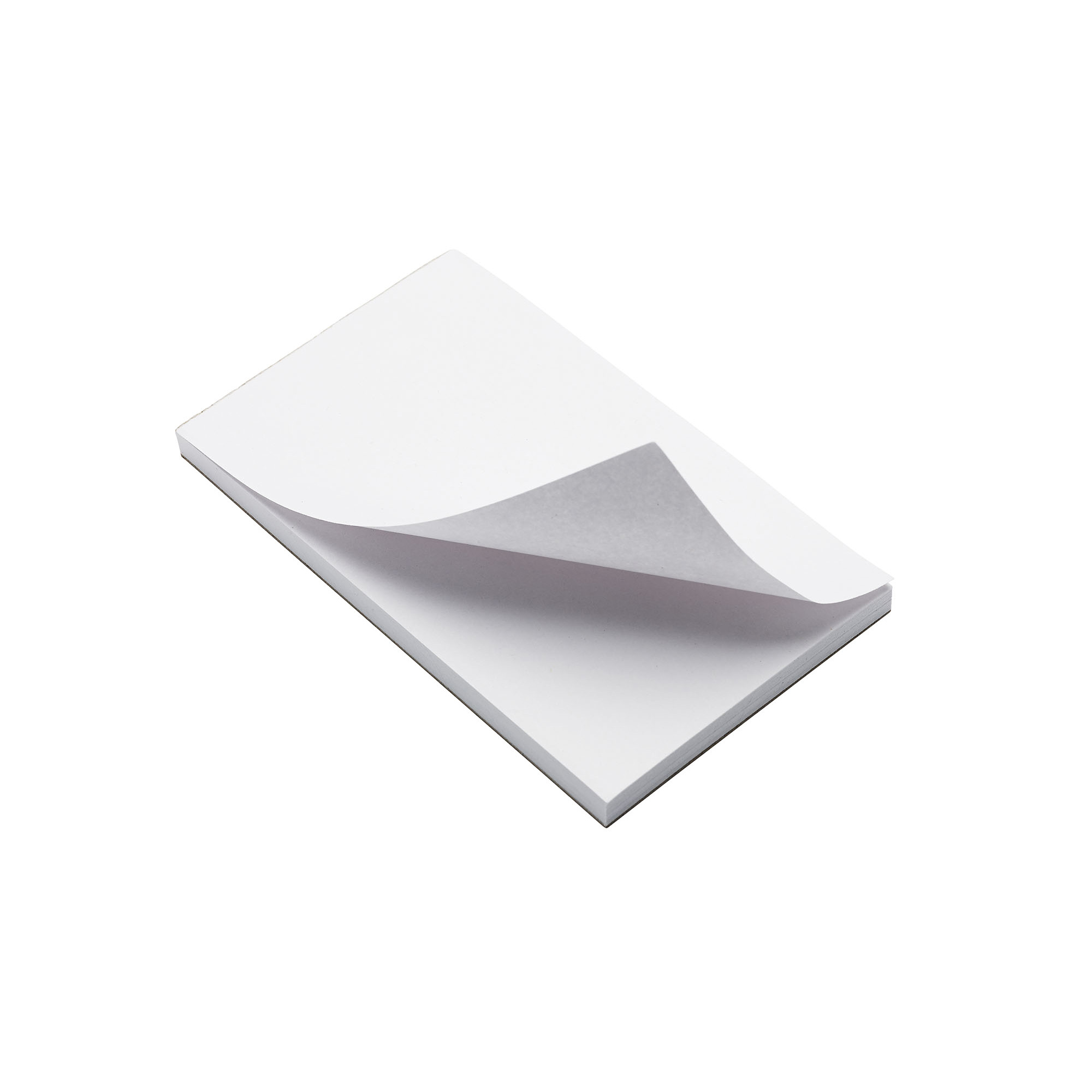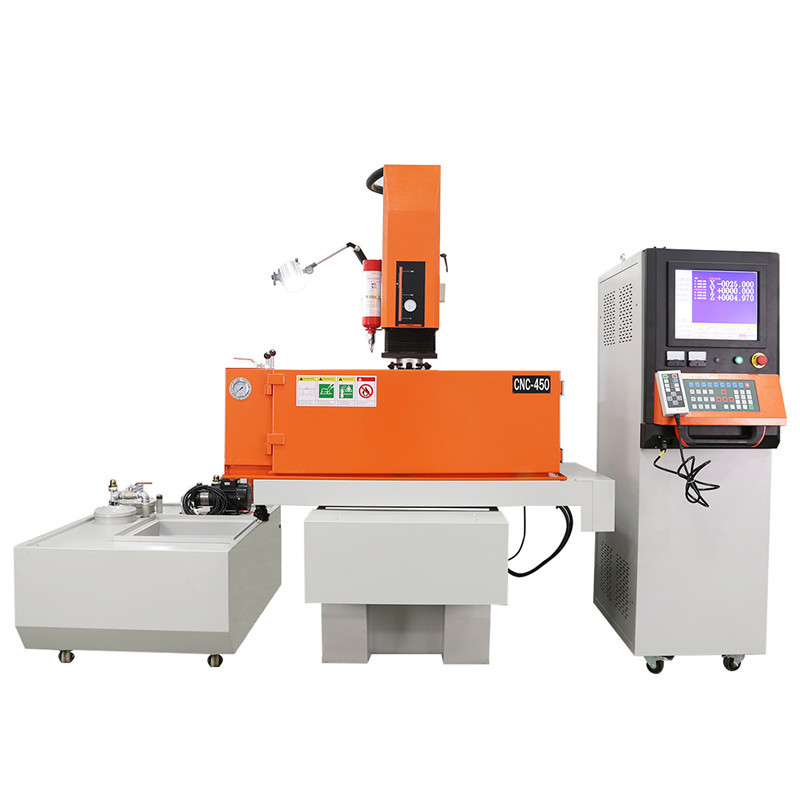In today's digital age, where most of our communication and documentation is done electronically, the importance of paper may seem diminished. However, the choice of paper size can still play a crucial role in various industries and professions. This article aims to explore the differences between A3 and A4 paper, providing insights into their applications, advantages, and helping you make an informed decision.
- Understanding A3 Paper:
A3 paper, measuring 297 x 420 mm, is twice the size of A4 paper. Its larger dimensions offer several advantages in specific contexts.
a) Design and Architecture:
A3 paper is widely used in design and architecture industries due to its ability to accommodate detailed drawings, blueprints, and technical illustrations. Its larger canvas allows professionals to work with precision and clarity, ensuring accurate representation of their ideas.
b) Presentations and Posters:
When it comes to creating impactful presentations or eye-catching posters, A3 paper provides ample space to showcase content, graphics, and visuals. Its larger size enhances visibility, making it an ideal choice for conferences, exhibitions, and marketing materials.
c) Photography and Art:
Photographers and artists often prefer A3 paper for printing high-quality photographs or creating intricate artwork. The larger format allows for greater detail and vividness, enabling the true essence of their creations to shine through.
- Exploring A4 Paper:
A4 paper, measuring 210 x 297 mm, is the standard size used in most offices, schools, and everyday printing needs. Its popularity stems from its versatility and practicality.
a) Documentation and Printing:
A4 paper is the go-to choice for general documentation, such as letters, reports, resumes, and invoices. Its compact size makes it easy to handle, store, and distribute. Moreover, A4 printers and copiers are widely available, making it a convenient option for everyday printing needs.
b) Note-taking and Education:
The A4 size is commonly used for notebooks, textbooks, and educational materials. Its portability and compatibility with binders and folders make it ideal for students and professionals who need to organize and carry their notes.
c) Environmental Considerations:
A4 paper is often considered more environmentally friendly due to its smaller size. It reduces paper waste, ink consumption, and transportation costs. Many organizations and individuals prioritize A4 paper to minimize their ecological footprint.
- Making the Right Choice:
When deciding between A3 and A4 paper, consider the following factors:
a) Purpose and Usage:
Evaluate your specific requirements. If you need to work with detailed designs, create impactful visuals, or print high-quality photographs, A3 paper is the better choice. For everyday documentation, note-taking, and general printing needs, A4 paper is more suitable.
b) Cost and Availability:
A3 paper is generally more expensive than A4 paper due to its larger size and specialized applications. Additionally, A3 printers and copiers may be less common and costlier to maintain. Consider your budget and accessibility when making a decision.
c) Storage and Handling:
A3 paper requires more space for storage and transportation compared to A4 paper. Consider your available storage options and the practicality of handling larger sheets.
Conclusion:
In the A3 vs A4 paper debate, there is no definitive winner. The choice depends on your specific needs, industry, and personal preferences. A3 paper excels in design, presentations, and artistic endeavors, while A4 paper offers practicality, versatility, and cost-effectiveness. By understanding the unique advantages of each size, you can make an informed decision that aligns with your requirements, ensuring optimal results in your professional or personal endeavors.









+ There are no comments
Add yours